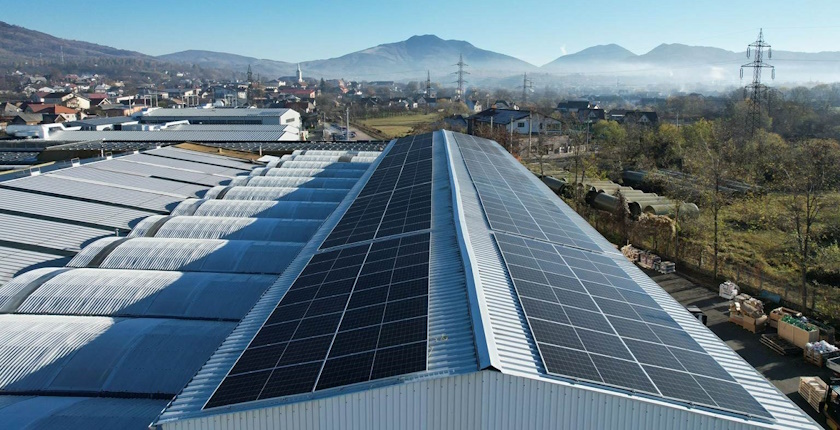
Photo: ProCredit Bank Romania
Switzerland-based Connect44 Group’s member company nextE completed a 7.4 MW photovoltaic system worth EUR 4.8 million which will supply a manufacturing facility. The power purchase agreement was signed for 25 years, a record for Romania.
RAAL will cut its utility costs by up to 15% with a solar park supplying it with electricity under a rent-and-operate model. The manufacturer of radiators, oil coolers, air coolers, fuel coolers and condensers with a factory in Bistrița Năsăud county in north Romania will use the facility of 7.4 MW in peak capacity, built by nextE.
The developer, part of Switzerland-based Connect44 Group, said the investment was worth EUR 4.8 million. The power purchase agreement was signed for a period of 25 years, the longest so far for a corporate client in Romania, it pointed out.
The PV plant in the Prundu Bârgăului commune has both a section on RAAL’s land and a part on the roofs of its buildings. ProCredit Bank said it provided a EUR 3.15 million green loan. The payment period is 15 years, nextE revealed.
Surplus electricity, estimated at 20%, goes to market
According to the contract, the independent power producer will deliver 5.8 GWh per year starting in 2024. The surplus electricity will be sold on the market by nextE. Total annual output is estimated at 7.3 GWh.
Rent and operate means that nextE would run the facility and remain its owner. From designing to putting it into operation, the process took 12 months, it said.
The rent-and-operate deal leaves nextE as the owner and operator of the solar park
Cofounder and Co-Chief Executive Officer of nextE Daniel Husaru said the company aims to expand with the energy-as-a-service (EaaS) model to reach 500 MW in peak capacity by the end of 2027. It is focusing on the commercial and industrial (C&I) segment, he stressed.
Through EaaS solutions, companies can access renewable energy with no investment costs or performance and operational risks, nextE said. The company added that it is developing five photovoltaic investments of a combined 160 MW, which are in various stages.
The Romanian Energy Regulatory Authority (ANRE) has approved a 6 MW grid connection for the Alpha Prundu Bârgăului project. It is expected to cover 25% of RAAL’s electricity consumption.
Massive wave of solar power projects in Romania
From households to state-owned companies and local and even county authorities, Romania is swelling with solar power and other renewable energy projects. They are benefiting from legislative reforms and subsidies from the National Recovery and Resilience Plan (NRRP or PNRR), part of the European Union’s Recovery and Resilience Facility. The country is in a rush to phase out coal and meet its energy and climate goals by tapping on the grants as well as soft loans.
There are also funds available for setting up manufacturing facilities that would be able to meet the surging demand, including for batteries. Otherwise, Romania would be left dependent on equipment imports. Neighboring Bulgaria is experiencing a surge in solar power investments as well.
Emerging agrisolar
One of the emerging segments is agrisolar. Authorities in the Șutești commune in Romania’s eastern Brăila county are auctioning 141 hectares in the village of Mihail Kogălniceanu for a 140 MW agrivoltaic plant. The panels will be installed at a height above ground to allow sheep grazing underneath, Adevarul reported.
The investment is estimated at EUR 150 million. Mayor Costică Dobre said a multinational company already won the concession at a tender, for a period of 49 years. It will pay EUR 2,100 per hectare per year, he added.
Econergy said it obtained a EUR 60 million financing facility from Raiffeisen Bank International for the 155 MW solar project in Rătești. The facility, which it developed in a joint venture with Nofar Energy, is currently the largest in the country. It is expected to be connected to the grid shortly.
In other recent news in the photovoltaics sector, however, Hidroelectrica has canceled a tender for documentation for the largest solar power project in Europe.





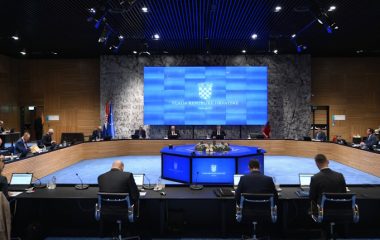
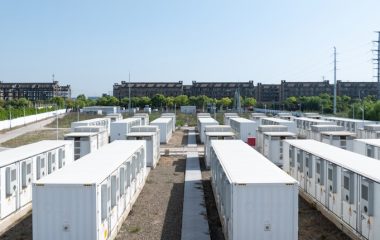
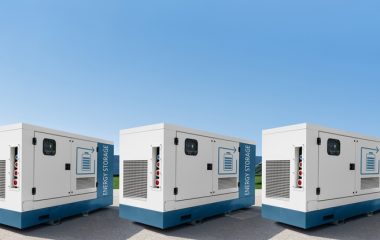
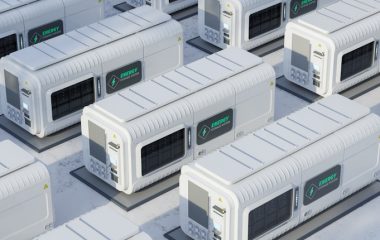
Be the first one to comment on this article.